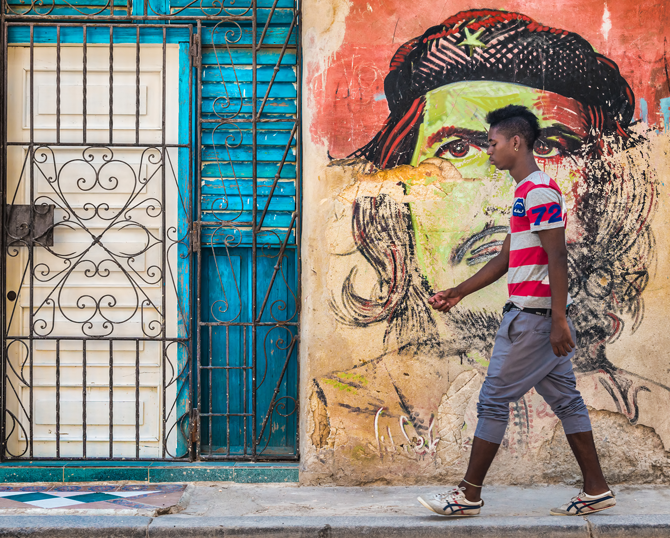
This op-ed originally appeared in Newsweek.
This week 94 years ago, Che Guevara was born. And, for many Americans, his birthday is an annual cause for celebration.
On college campuses, his face is a more common sight than Ronald Reagan or even John F. Kennedy. Even more common are the tributes to Che's supposed altruism and compassion, penned by those who share his communist sympathies. As one British union official recently wrote in U.K.-based Tribune Magazine, "[He] committed his life to the cause of the oppressed—and in the process, became one of the twentieth century's most influential figures." Che's writings, according to his union allies, reveal "charm and tenderness, as well as an absolute political commitment to finding out how we can win, and keep, a world run by and for the people."
That's one way of putting it. But the real Che is far, far removed from the figure romanticized by the radical left. I was born in the same city as Che—Rosario, Argentina, also the birthplace of Lionel Messi—and his worldview is hardly a myth to people from Rosario. We feel like we know Che personally, so it's easy to demystify his political views. It's easy to expose the myth that has become Che Guevara.
First and foremost, Che Guevara was a cold-blooded communist, who found an ally in Cuban revolutionary Fidel Castro. In 1955, he met Castro in Mexico City, joined his 26th of July Movement, and eventually became a high-ranking government official in the new regime. Che served as both president of the national bank and later as the country's minister of industries, tightening Castro's grip on Cuba's entire economy.
In Che's various roles for the communist government, Che exerted his influence ruthlessly, imprisoning or killing thousands of Cubans. Often forgotten (or ignored) by Che sympathizers, he ran the infamous La Cabaña prison—a firing-squad-turned-detention-center for Castro's political enemies. And here's how he ran it: "Several men who survived La Cabaña prison recall a night when a 14-year-old boy was shoved into their holding cell. When asked what he did, he gasped that he had tried to defend his father from the firing squad, but was unsuccessful. Moments later, guards dragged the boy out of the cell, and Che Guevara himself ordered the boy to kneel down. The jailed men screamed 'assassins!' and watched out of their cell window as Guevara took out his pistol, put the barrel to the back of the boy's neck, and fired."
That's hardly "charming" or "tender." The oppressed suffered most under Che.
According to Peruvian author Alvaro Vargas Llosa, Che thoroughly enjoyed killing his enemies—real or perceived. He carried out many executions personally. To quote Che directly: "I ended the problem with a .32 caliber pistol, in the right side of his brain. ... His belongings were now mine."
Spoken like a true communist. Those who study Che and Latin America need not rely on second-hand accounts to understand the man; he was all too willing to explain his methods in person. As he told the United Nations General Assembly in 1964, "We have shot, we shot, we will shoot and we will continue to shoot as long as necessary."
Nearly one century since Che's birth, it is now up to good-faith, honest Latin Americans to tell the truth about his murderous ways. Even and especially when the radical left celebrates Che's cold-blooded brand of communism, it is incumbent on curious people to separate fact from fiction.
The peaceful, romantic view of Che is mere fiction. The facts are death, destruction, and despair that can still be felt in the repressive Cuba he left behind.